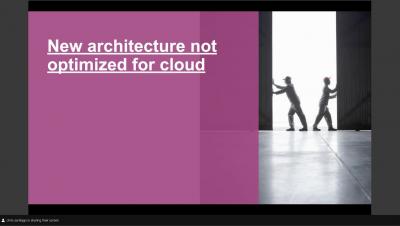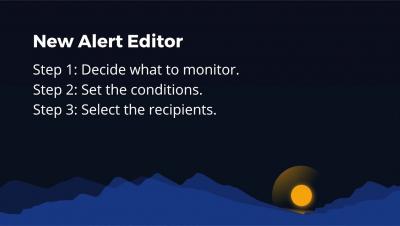Understanding Snowflake's Resource Optimization Capabilities
The only certainty in today’s world is change. And nowhere is that more apparent than in the way organizations consume data. A typical company might have thousands of analysts and business users accessing dashboards daily, hundreds of data scientists building and training models, and a large team of data engineers designing and running data pipelines. Each of these workloads has distinct compute and storage needs, and those needs can change significantly from hour to hour and day to day.










